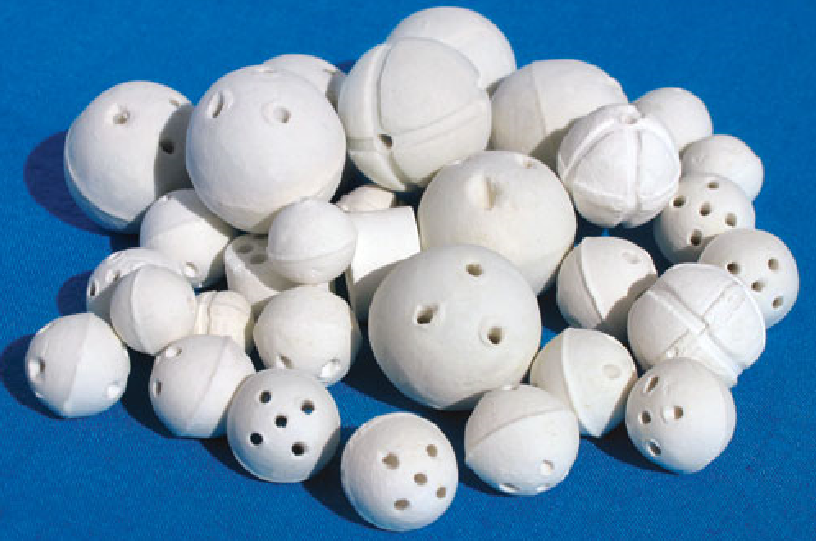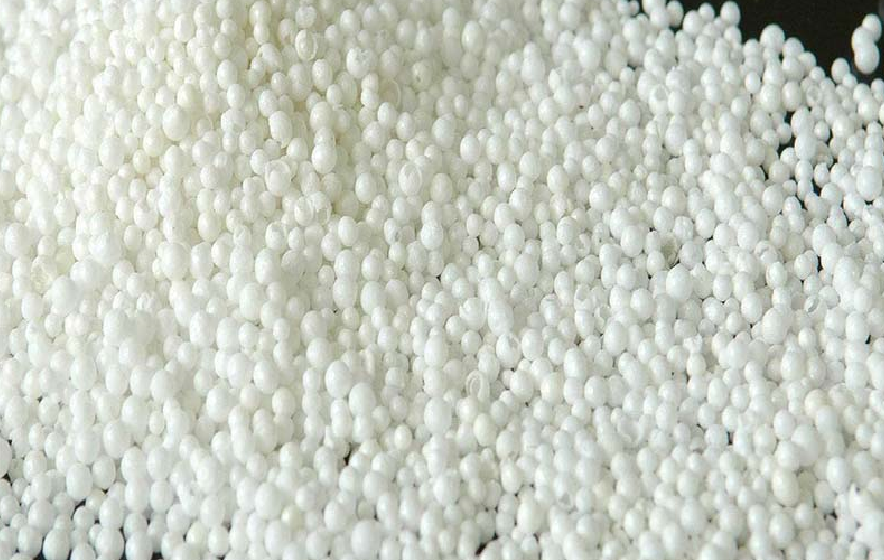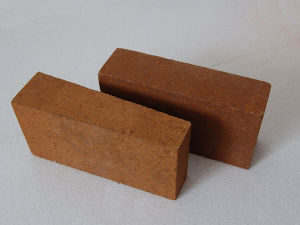Special Oxide Refractories And Their Applications

Special Oxide Refractories And Their Applications
The types of special refractory include high melting point oxides, high melting point non-oxides, and the resulting composite compounds, metal ceramics, high-temperature coating, high-temperature fiber, and its reinforcing materials. The high melting point non-oxides are usually called refractory compounds, which include carbide, nitrogen, boride, silicified, and sulfide, and the applications of special oxide refractories will be introduced today.

Applications of Special Oxide Refractories
Alumina (Corundum)
Alumina products have good high-temperature performance and low price ratios, so they are widely used in modern industry. Corundum bricks with high purity, high density, and high performance are widely used in large blast furnaces and the ladle of steel mills, and good results have been achieved.
Corundum bricks with high thermal stability are the first choice of lining materials for various ultra-high-temperature furnaces such as special materials and products firing furnaces, molybdenum wire furnaces, tungsten bar furnaces, diffusion furnaces, ceramic metallization furnaces, silicified molybdenum electric furnaces.

Alumina hollow ball
Alumina hollow ball products and alumina fiber products are high-temperature energy-saving products. Due to its small volume density and low thermal conductivity, it is an ideal lining material for energy saving and consumption reduction.
Alumina precision ceramics can be made into crucibles and gaskets for smelting or purifying colored, rare, and precious metals, high-temperature furnace tubes, thermocouple protective tubes, and insulating porcelain tubes, laser tubes, rectifier tubes, transparent sodium lamp tube, radar antenna cover, microwave device, sodium-sulfur battery case, gas purifier, and spark plug, etc.
Alumina ceramics can also be made into reactor insulating sheets in the peaceful use of atomic energy, and artificial joints, teeth, and so on can be made in biological engineering.
Magnesia (Magnesite)
Magnesia (magnesite) is a basic refractory with high refractoriness under load and low creep. While its melting point can reach 2800 ℃, it is easy to volatilize in a reducing atmosphere, so its highest use temperature is only 2000 ℃. Magnesia is a good structural material for ultra-high temperature kilns, and also a good lining material for industrial frequency furnaces, intermediate frequency furnaces, and high-frequency heating furnaces.
The high-purity magnesia brick can be used as the channel lining material of magneto-fluid power generation. Magnesia ceramic products can be made into non-ferrous, rare metals and precious metals smelting, purification of magnesia crucible, high-temperature furnace tube, ultra-high temperature w-re thermocouple protective tube, insulating porcelain beads.

Magnesia brick
Zirconia
Zirconia is the acid refractory material with a melting point of 2650 ℃. Since it has excellent high-temperature chemical stability and the highest temperature can reach 2400 ℃, it can be used as a lining material in the vacuum furnace, molybdenum wire furnaces, gas furnaces, high-frequency electric furnaces, such as single crystal furnaces, etc.
Besides that, the crucible for smelting non-ferrous, rare metals, and precious metals, high-temperature furnace tube, and thermocouple protective tube can be made from zirconia high-temperature ceramics.
What’s more, zirconia can also be made into solid electrolytes for oxygen determination and temperature measurement of high-temperature liquids such as flue and molten steel, ceramic adiabatic engine and its parts, magnetohydroelectricity generation insulation sheet, insulating and ablative materials of jet aircraft, missile, burners of the rocket, spacecraft front cone and nose cone, etc.
Thank you for reading our article and we hope you've enjoyed it. If you want to know more about the applications of special oxide refractories, you can visit Stanford Advanced Materials for more information, which supplies high-quality oxide refractory products to meet customers' R&D and production needs.
{{item.content}}
LEVE A REPLY
{{item.children[0].content}}
{{item.content}}






